“Today, I’m going to knock around in town. It’s been a while. I had to vacate Storrie Lake [State Park Campground] because I’d been there 14 days straight (more, actually) and Manny, the Ranger, wouldn’t give me a waiver to stay longer – even though I was the only one there most of the time. But I understand. Rules are rules…blah, blah, blah…
So, I tooled down the road to the Vegas RV Park (my other homestead here in Las Vegas). Nice. Full hookups and a shower facility. I even have pressurized “city water” – as soon as I get a new hose, because mine started leaking like a sieve.”
–Journal entry: Thursday; December 20th, 2018; 9:28 am. Content in my camper, Cochise.
This is a luxury. I’ll make the best of it and definitely get my money’s worth. The rules for state parks in New Mexico require you to leave the campground after 14 days (used to be 21) and not return for a week. It’s a good thing for the summer, when campgrounds all over the West fill up with vacationers and RV warriors waiting to escape their urban environs and breathe a little Mother Nature – lest we rubber-tramp vagabonds become year-round squatters.
It would be nice if the system could be flexible in the off-season, though, when plenty of space is available. Why chase off paying customers when there’s an abundance of empty spots? Government “policies” often seem so silly to me. But it is what it is…even when it’s stupid. Dang gummint.
So, instead of paying just $4 per night to have electricity and a frost-free water spigot at a state park campground (saving $10 per night because I have an annual pass), I pay $125 a week to have all the amenities of city services, here on the not-so-quiet edge of town.
Being able to walk to the shower each morning was something I hadn’t experienced since becoming a rubber tramp the previous May – over half a year earlier. The only truck stop shower in town was $13, but the Romero Rec Center would let you use their showers for a buck. Heck of a deal, if you’re not hung up on privacy, or seeing a lot of tattoos on flabby, old wrinkled skin, and fathers bringing their young daughters in. That’s kind of weird.
I tried to shower once a week when I was tramping, whether I needed to or not. Fortunately, I didn’t interact closely with other human beings unless I was grocery shopping or at the library. Otherwise it was just Rambeaux and me, and dogs don’t seem to mind smelly things. They rather like them, which is one of the reasons I’ve always loved dogs – except for those little yip-yapping ankle-biters that would better be used for muskie bait. Just sayin…
Staying at the RV park also means that I have to deal with neighbors, as many spots are filled by folks who don’t appear to be going anywhere. Deeply discounted monthly and annual rates make this an affordable place to live if you’re comfortable in your RV. I’d be more comfortable in mine if I could just stand up inside.
I guess I was a little too anxious to get a trailer – and the price was right – when I bought Cochise, and didn’t notice that the only places I could stand my 6’3” frame were in the roof-vent wells of the cabin and bathroom. Oh well, it’ll work much better when I shrink a few inches. That’ll be nice.
“Happy NYE! Looking forward to 2019. I gotta good feeling…
It’s been freaking cold here this past week. 12” of snow and temperatures that haven’t been above freezing until today. My water system froze up and I’m attempting to thaw it now. Dang.
Yesterday the Packers finished a terrible season with a horrible loss. 31-0 to the Lions. AT LAMBEAU FIELD! Glad this season’s over… I think tomorrow I’ll take BroBo down to the lakeside open space and see how it powers through powder. Let ‘er rip!”
–Journal entry: Monday; December 31st, 2018; 9:28 am. Living large in my cold, dry camper. Back at the campground in Cochise.
Time passes peacefully at Storrie Lake State Park. The holidays end, and a new year begins. Boldly, in a new land. Feliz ano nuevo!
“A’ight den…after my second 2-week stint at the campground I’m back here at the Vegas RV Park and full hook-ups. It’s a treat, but kind of pricey for my lifestyle. I’m going to look into being a caretaker at a property downtown that needs watching until it’s ready to go on the market. It has a beautiful old three-story residence with a carriage house that used to be a Bed and Breakfast, but has turned into a shooting gallery for junkies since being vacant for over a year.
It was recently bought by a wealthy fellow from California who owns the Plaza Hotel in Old Town (as well as La Posada Hotel in Winslow, Arizona) and who purchased the Castaneda Hotel a few years ago in East Las Vegas [New Town], right next door to the train depot – both built in the 1880s, after the arrival of the Atchison, Topeka & Santa Fe Railway.
He’s been renovating the classic old Harvey House hotel and wants to either live at the property I’d be watching or make it available to Castaneda staff once the business is up and running. Everyone seems to be pretty stoked to see the “Casty” coming back to life, after being dormant for many decades.
I met the GC [General Contractor] of the renovation at Dick’s [Pub and Restaurant], which his company also renovated. Turns out he was born in Shawano [the same small town in Wisconsin where I was born]. His mother was a year behind me in high school. She was a hottie, and her family-owned ****’s [the only place that served food after the bars closed, and had the best french fries around – served with tartar sauce that supposedly had a classified recipe]. He went to college at Naropa [a Buddhist university in Boulder, Colorado] and was taking classes there when I was working a few blocks away for ReSource. STRANGE WORLD THIS!”
–Journal entry: Wednesday; January 9th, 2019; 7:57 am. Back at the Vegas RV Park, living the life of luxury in Cochise.
Strange world indeed. Having that connection with the GC got me in with his crew, most of whom came to Dick’s after work for happy hour, since the Casty was only a few blocks away. They almost all had animal names: Bear, Moose, Goat and Horse (and Nich and Toby, who were just Nich and Toby).
I’d done my time in the building trades and worked on restorations of old houses and other structures, so I could understand what they were saying when they talked about the day’s work. They took pride in being part of renovating what everyone knew would be the gem of East Las Vegas as was the Plaza Hotel in West Vegas. The fact that they were both owned by the same fellow (and his world-famous, artist wife), who had money and a vision, made it all the more believable.
I felt the work-buzz bouncing off them, and when they invited me over “anytime” to see what they were doing I took them up and visited the jobsite often. They had a huge challenge in front of them, as the place had fallen into serious disrepair since it closed as a hotel in 1948 – seventy years prior.
But its history spurred its intrigue. This place had its share of stories, and probably more than a few ghosts – as all the old hotels from the Wild West Days seem to have. The evidence of apparitions appeared overwhelming at times, and the subject was spoken of mostly in whispers and quickly dismissed, so as not to invite paranormal misfortune. Enough said…
The whole town was rife with rough history, and the unending stories of badass activity. Old Town hosted the original Hispanos who had to ward off marauding Apache and Comanche raiders, as well as highwaymen and banditos preying on the commerce of the Santa Fe Trail. Then came the damn gringos who proclaimed the whole territory part of the United States and not Mexico anymore, which ticked off enough locals to kick off the Taos Revolt of 1847, in the midst of the Mexican-American War.
But that all paled by comparison to the riff-raff rail-trash that came on the train in 1879 and conceived New Town, about a mile east of the Old Town Plaza. What was to become known as East Las Vegas, until the official consolidation of the two separate Las Vegases in 1970, also became known as the roughest, toughest most criminally wicked settlement on the southwestern frontier, with more killings than Dodge City, Kansas, or Tombstone, Arizona, during its heyday of hellraising.
The most notable outlaw was Doc Holiday, who had a saloon and dentist shop a few blocks from the Casty, but had to bug out after shooting a loudmouthed patron and leave town before being lynched. He returned a year or so later, with his companion Big Nose Kate, to settle a beef with a bartender working on the Old Town Plaza, but only grazed the fellow with a bullet before hustling back to the train depot and beating it out of the territory.
His cohort Wyatt Earp also graced the multitude of saloons, brothels and dancehalls, as did Jesse James, Mysterious Dave Mather, HooDoo Brown and a host of other colorfully nicknamed ne’re do wells. Billy the Kid was brought through town on his way to trial in Lincoln, NM, after being arrested by Pat Garrett for killing a sheriff during the Lincoln County War, a running battle between established landowners and newbie ranchers not far to the south. A mob of townsfolk gathered to string him up, but Garrett and his men got The Kid onto the train with guns drawn and hustled him away.
In Wildest of The Wild West, author Howard Bryan (who wrote about local history for The Albuquerque Tribune from 1948-1985, and went on to write several books about the area’s unique, outlaw past) quotes an earlier chronicler of the Southwest frontier, New Mexico historian Ralph Emerson Twitchell, who, in his monumental, five-volume The Leading Facts of New Mexican History, wrote:
“Without exception, in the days of the construction of the Sana Fe railway into the Southwest, there was no town which harbored a more disreputable gang of gamblers, desperadoes, and outlaws than did Las Vegas. They controlled, for a while, the local peace officers, and the dancehalls and public resorts were the scenes of many shooting affrays and robberies. In the new town, in the immediate vicinity of the present Castaneda hotel, were located some of the most disreputable saloons, dance-halls, and resorts ever seen in frontier days. The gambling houses never closed and the gambling fraternity did about as they pleased. It finally became necessary to organize a committee of one hundred for the safety of the better classes and visitors to the place. Several desperadoes were summarily dealt with, taken from the jail or from their resorts and hung. Notice was served upon every ‘undesirable’ to leave forthwith and in this manner the town was rid of as desperate a gang of cut-throats and ‘bad men’ as ever congregated in one place in the Southwest.”
Miguel A. Otero (governor of New Mexico from 1897-1906, and an early resident of Las Vegas) wrote in his book My Life on the Frontier, 1864-1882:
“For more than a year after the entry of the railroad, it can be stated without fear of contradiction that Las Vegas was the ‘hottest’ town in the country. Such a statement would be substantiated by the record, for one month, which the old files of the (Las Vegas) Daily Optic establish. They show that twenty-nine men were killed in and around Las Vegas, either murdered outright or shot in self-defense or hung by the well-regulated Vigilance Committee. Such a record, I am certain, would be hard to parallel in the history of any of the wild towns of the West.”
The deeper you dig into the history of Las Vegas, the more muck and bones you quickly uncover, for murder seemed to be a practice that was practiced by all, and not just a product brought in on the train. The Hispanos had centuries of hardship under Spanish Colonial rule, and suffered the oppression of the Church as well as the harshness of the land. Skin grows thick under these conditions, and the outlaw life becomes a release. When the gringos arrived and announced they were taking over, the release became easier.
Vicente Silva was a respected Las Vegan who ran a not-so-respected saloon and gambling hall on the Old Town Plaza called The Imperial several years before the train arrived. Greed led him to form and lead a secret crime organization known as La Sociedad de Banditos de Nuevo Mexico (The Society of Bandits of New Mexico), which consisted of about forty men described by Otero in the aforementioned book as “a tough a bunch of bad men as ever gathered outside a penal institution.” They would later be referred to as Vicente Silva and the 40 Thieves.
But violence and fear-mongering weren’t always used simply for personal gain. It found itself manifest in a community-minded vigilance force when an unscrupulous bunch of land-grabbing lawyers, hustlers and developers occupying the statehouse, known as the Santa Fe Ring, began stealing traditional Land Grant property used to raise sheep and produce for the Santa Fe Trail commerce. Howard Bryan describes their appearance in the opening paragraph of a chapter titled Night Riders in Wildest of the Wild West:
“It was nearly midnight on March 11, 1890, when more than 200 armed horseback riders, wearing white hoods pulled down over their faces to conceal their identities, suddenly appeared on the streets of East Las Vegas in a demonstration of strength and determination. Las Gorras Blancas, they were called, The White Caps, a secret and militant organization of rural Hispanic settlers united to protect the common lands of the Las Vegas Grant from interlopers.”
To alleviate any misconceptions about their intentions, they penned a Declaration and promulgated it upon posters nailed to doors and posts throughout the community, as was the method of mass communication before the digital world of social media. It read, in part:
“Not wishing to be misunderstood, we hereby make this our declaration.
Our purpose is to protect the rights and interests of the people in general: especially those of the helpless classes.
We want the Las Vegas Grant settled to the benefit of all concerned, and this we hold is the entire community within the grant.
We want no ‘land grabbers’ or obstructionists of any sort to interfere. We will watch them.
We are not down on lawyers as a class, but the usual knavery and unfair treatment of the people must be stopped…
We are down on race issues, and will watch race agitators. We are all human brethren, under the same glorious flag.
We do not care how much you get so long as you do it fairly and honestly.
The People are suffering from the effects of partisan ‘bossism’ and these bosses had better quietly hold their peace. The people have been persecuted and hacked about in every which way to satisfy their caprice. If they persist in their usual methods retribution will be their reward.
We are watching ’political informers…’
Intimidation and the ‘indictment’ plan have no further fear for us. If the old system should continue, death would be a relief to our sufferings. And for our rights our lives are the least we can pledge.
If the fact that we are law abiding citizens is questioned, come out to our houses and see the hunger and desolation we are suffering; and ‘this’ is the result of the deceitful and corrupt methods of ‘bossism.’
Be fair and just and we are with you, do otherwise and take the consequences.
The White Caps
1,500 Strong and Growing Daily.”
They wore what looked like flower sacks with cutouts for the eyes, giving them more the visage of homemade Halloween ghost costumes than the tailored hoods of Klansmen.
The illegal ranchers got fat and rich raising cheap beef for the burgeoning population of Anglo immigration, and also government buyers who distributed the meat, often spoiled, to the growing number of Indian reservations.
Their land-grabbing actions contributed to the Lincoln County War of Billy the Kid fame, where rogue cattle ranchers fenced out the traditional sheepherders on acreage granted them by the Republic of Mexico before the Mexican-American War.
So, the Night Riders did their work, tearing down fences, burning barns and haystacks, and scattering cattle. They threatened worse, and were often blamed for murders they didn’t commit. They even torched a pile of thousands of railroad ties in response to the AT&SF Railway refusing to pay its workers a livable wage. But they got their message out, and eventually hostilities ceased.
In town, however, the desperadoes still ruled, so the locals banded together and sent a message of their own. Here is how they presented themselves, in a proclamation published in the Las Vegas Optic newspaper on April 8, 1880:
“To Murderers, Confidence Men, Thieves:
The citizens of Las Vegas have tired of robbery, murder, and other crimes, that have made this town a byword in every civilized community. They have resolved to put a stop to crime, if in attaining that end they have to forget the law, and resort to a speedier justice than it will afford. All such characters are therefore, hereby notified, that they must either leave this town or conform themselves to the requirements of law, or they will be summarily dealt with. The flow of blood must and shall be stopped in this community, and the good citizens of both the old and new towns have determined to stop it, if they have to HANG by the strong arm of FORCE every violator of the law in this country.
VIGILANTES”
The Vigilance Committee performed its duty in the absence of legitimate law, stringing up dozens of bad men (and one bad woman) at a windmill on the Plaza, and the riff-raff gunslingers moved on down the rail – but the outlaw culture never completely left. It is there still, existing as the Dark Side of the Land of Enchantment.
It has its allure, dear reader, and I feel it calling this writer back. Solemnly.
I shall return – someday. And I hope you will stick around to join me on this seemingly unending adventure. So, until the next episode… Orale!

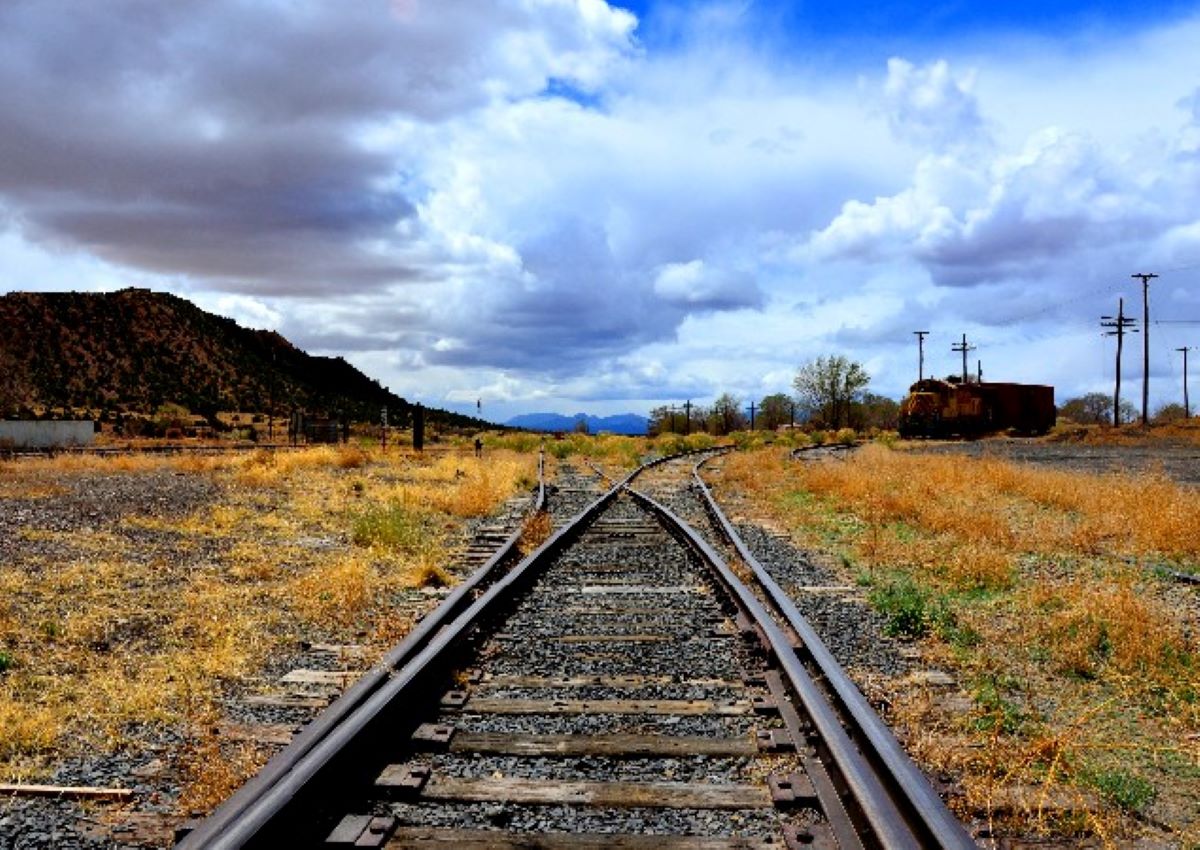


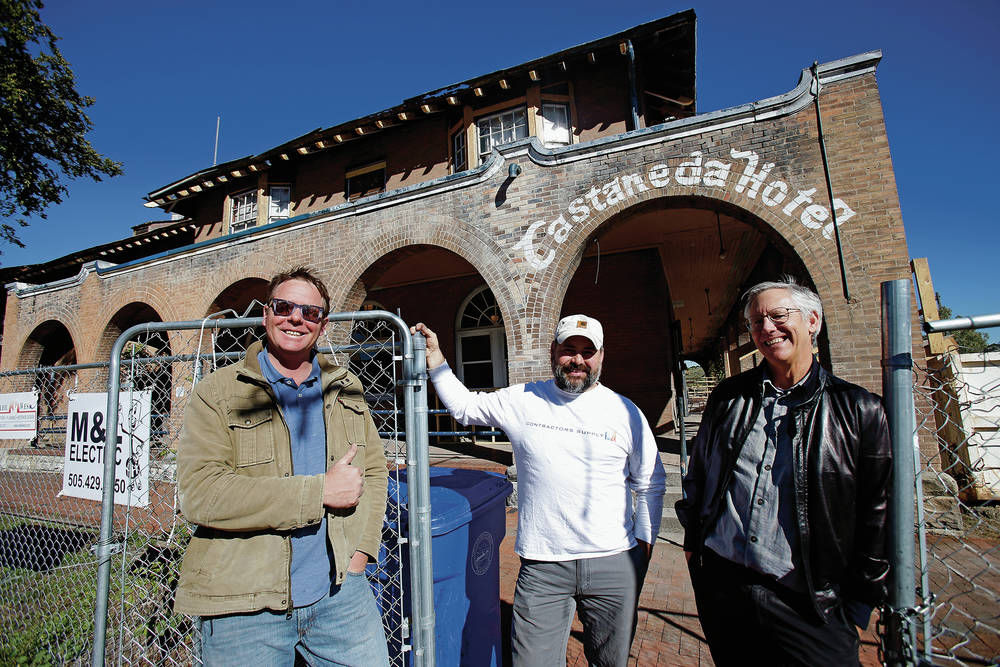
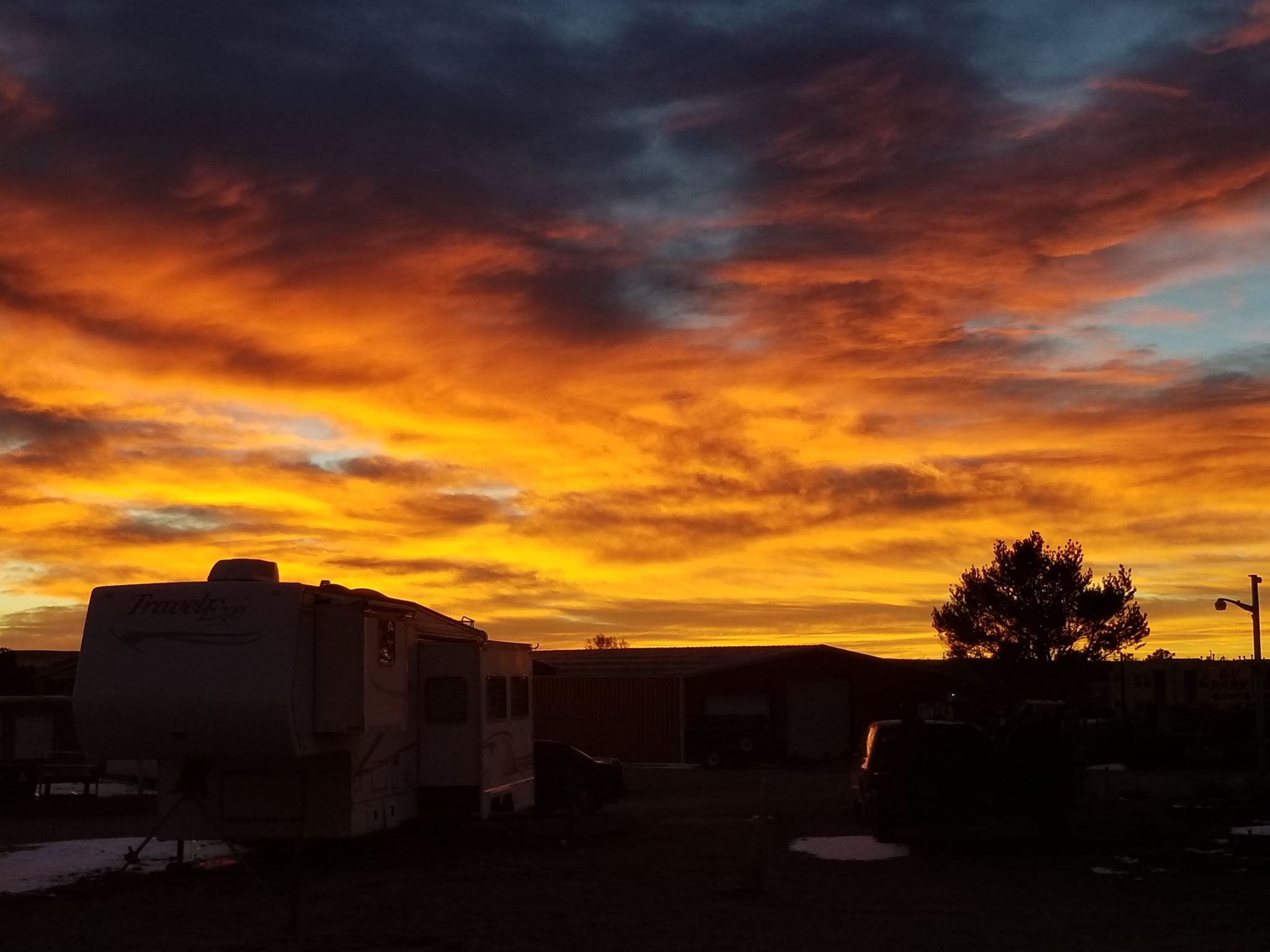
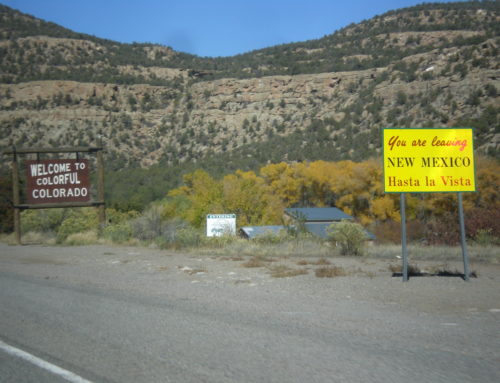
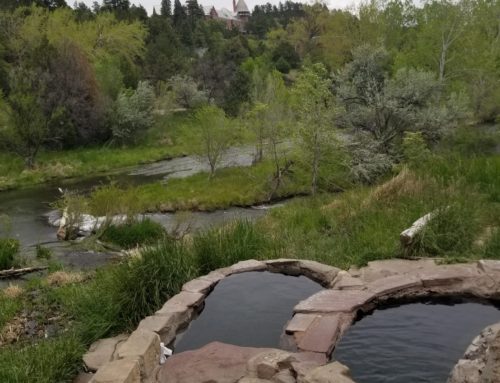

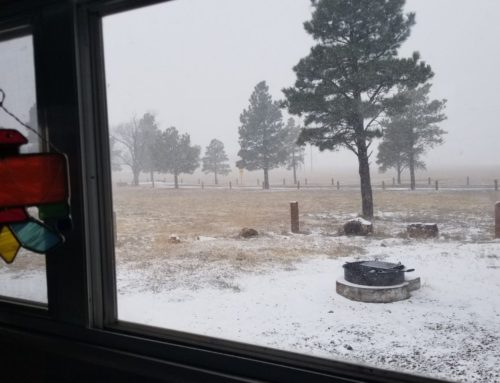

Leave A Comment